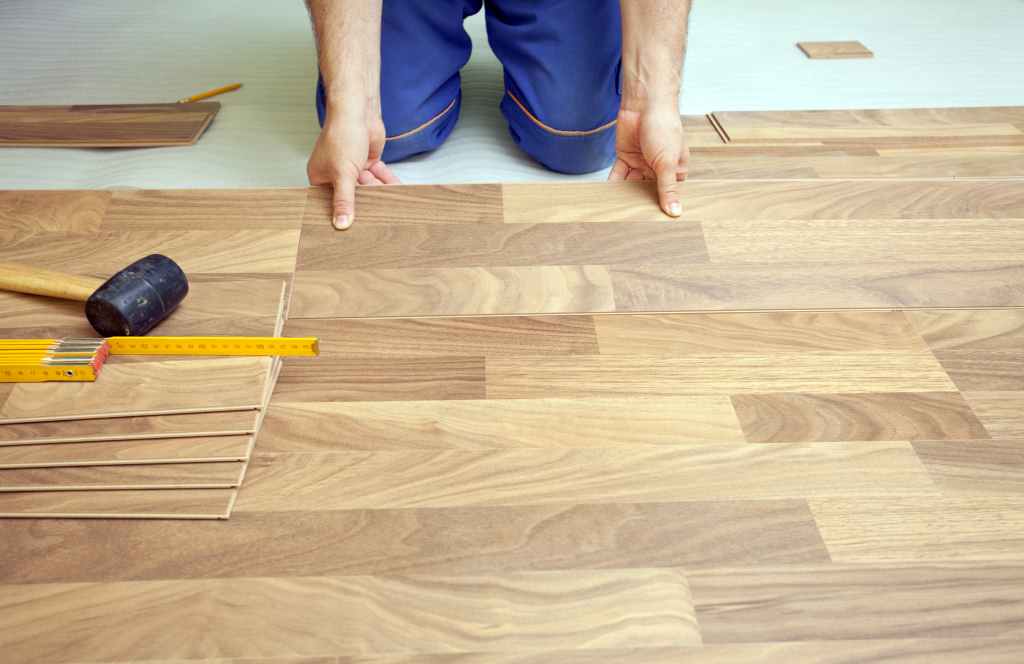How Good is Grey LVP Flooring for Your New House? A Comprehensive Guide

Grey Luxury Vinyl Plank (LVP) flooring has become a popular choice for homeowners due to its versatility, durability, and affordability. But is it the right fit for your new home? This guide will delve into the pros, cons, considerations, and styling tips for grey LVP flooring.
What is Grey LVP Flooring?
LVP flooring, also known as luxury vinyl flooring or Vinyl flooring, is a multi-layer synthetic flooring material that mimics the look of hardwood or stone. The “luxury” aspect refers to its advanced photographic layer, creating a realistic appearance. Grey LVP, in particular, offers a neutral and contemporary aesthetic that complements various interior styles.
The Pros of Grey LVP Flooring
- Aesthetics: Grey is a versatile color that works well with both warm and cool tones, making it adaptable to diverse design schemes. It can create a modern, minimalist, industrial, or even rustic vibe depending on the LVP pattern and texture.
- Durability: LVP is known for its durability. It’s resistant to scratches, stains, and dents, making it an excellent choice for high-traffic areas and homes with pets or children.
- Water Resistance: Most LVP flooring is water-resistant or waterproof, making it ideal for kitchens, bathrooms, and basements. It won’t warp or buckle when exposed to moisture.
- Comfort: LVP flooring has a softer feel underfoot compared to traditional tile or hardwood, adding a level of comfort to your home.
- Affordability: LVP is often more affordable than hardwood or natural stone flooring while still offering a high-end look.
- Easy Installation and Maintenance: LVP is relatively easy to install, with many options featuring click-lock systems that require no adhesive. It’s also easy to maintain, requiring regular sweeping and occasional mopping.
The Cons of Grey LVP Flooring
- Environmental Impact: LVP is a synthetic material, primarily made from PVC (polyvinyl chloride). It’s not biodegradable and can have a negative environmental impact during production and disposal.
- Resale Value: While LVP is gaining popularity, some buyers still prefer natural materials like hardwood, potentially affecting the resale value of your home.
- Fading: In rooms with excessive sunlight, grey LVP can fade over time. Using UV-protective window treatments can help mitigate this issue.
- Repair Difficulty: While durable, LVP is not indestructible. If a plank is severely damaged, replacing it can be more challenging than repairing hardwood.
Considerations Before Choosing Grey LVP Flooring
- Underlayment: Consider using an underlayment for added sound insulation and comfort.
- Subfloor Preparation: Ensure your subfloor is level and smooth before installation for optimal results.
- Quality: Invest in high-quality LVP for better durability and appearance.
- Warranty: Look for products with good warranties to protect your investment.
Styling Tips for Grey LVP Flooring
- Warmth: To avoid a cold feel, incorporate warm textures like rugs, throws, and wood accents.
- Contrast: Pair grey LVP with contrasting colors for a dynamic look. White trim and cabinetry create a crisp, clean feel, while darker colors add depth and drama.
- Patterns: Consider using patterned rugs or wallpaper to add visual interest and break up the monotony of grey.
- Lighting: Proper lighting can enhance the beauty of grey LVP. Use a mix of ambient, task, and accent lighting to create a warm and inviting atmosphere.
Is Grey LVP Flooring Right for You?
The decision ultimately depends on your preferences, lifestyle, and budget. If you value durability, water resistance, and a modern aesthetic, grey LVP could be an excellent choice for your new home. However, weigh the pros and cons carefully and consider the environmental impact before making your final decision.
Remember: When choosing any flooring material, prioritize quality and proper installation for long-lasting beauty and functionality.

